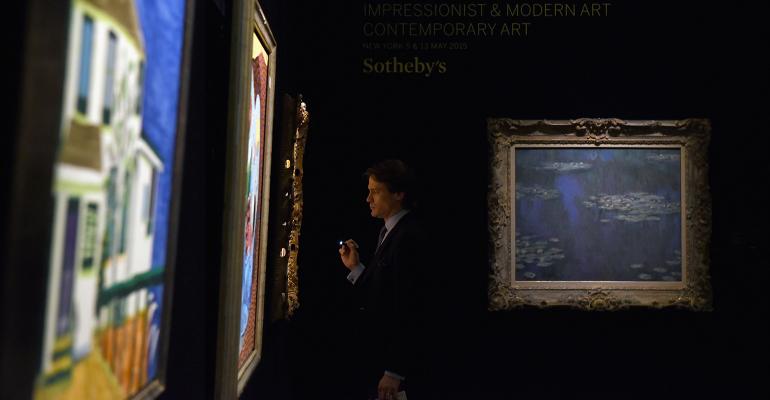Artists and art collectors have unique needs when it comes to succession planning and estate planning. The artwork that they own or create is often their greatest asset, and it requires specialized legal attention to ensure that it is safely transferred to the next generation. It is important, therefore, for professionals to know the importance of proper planning for such clients along with the essential documents, strategies and considerations to keep in mind when working with them.
Create a Comprehensive Inventory of the Artwork
The first step in ensuring a successful estate plan for artists and art collectors is to create a comprehensive inventory of all artworks. Every piece should be cataloged and assigned a value, so that beneficiaries know what they are inheriting, and how much it is worth. Inventory is also essential to determine the most efficient way of transferring the artwork, for example, through a trust or directly to heirs. On value, many times the artist or collector is more of an expert in their art than a professional appraiser, but the market is so thin that it is impossible to get an accurate comparable sale to base the value off of. In that case, rather than having no value, you can have a relative value, and assign the artwork a place in the category of either Good, Better or Best in the collection. Copyrights retained by the artist or acquired under license by the collector should be included in the inventory.
Consider Donating to a Charity
Philanthropy can significantly reduce or even eliminate the estate tax that would ordinarily be applied to a client's estate. It also allows the artwork to benefit society while retaining its value and not burdening the beneficiaries with the need to sell it. There are, however, issues on donation either by the artist or the collector of artwork to charity, so a tax professional needs to be consulted before the donation takes place. Also, consider using a split interest trust, such as a charitable lead or charitable remainder trust, to increase the income and estate tax savings on transfers involving charitable donations.
Establish a Trust
Trusts serve various purposes, including preserving the artwork's value, protecting it from creditors and providing ongoing guidance for its use. Trusts are also an effective way to transfer the artwork to future generations while minimizing estate taxes.
Plan for Valuation and Division of Artwork in Case of Divorce
In the case of artists or art collectors going through a divorce, one of the biggest issues that arise is how to divide the artwork. It is essential to plan for this possibility in advance, either in a prenuptial agreement or a postnuptial agreement. In these agreements, parties should specify how the artwork will be valued and distributed, based on factors such as appreciation and length of ownership.
Keep the Plan Updated
Succession and estate planning is an ongoing process, and it is essential that the plan is kept up to date. Professional advisors should be in regular contact with their clients, reviewing the plan and adjusting the plan as necessary.
Succession planning and estate planning for artists and art collectors are complex and specialized areas of law that require the expertise of professional advisors. By creating a comprehensive inventory, considering charitable donations and trusts, planning for the possibility of divorce, and keeping the plan updated, artists and collectors can ensure that their prized artwork is safely and effectively passed on to future generations. With the right legal strategies and guidance, artists and art collectors can leave a legacy of their work, ensuring that it is enjoyed and appreciated by generations to come.





